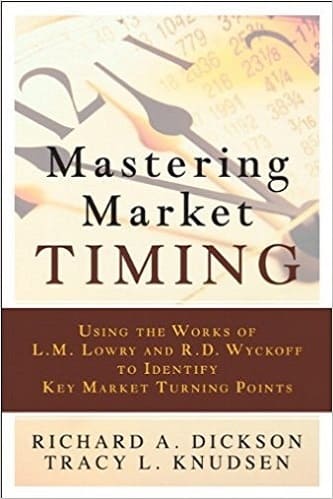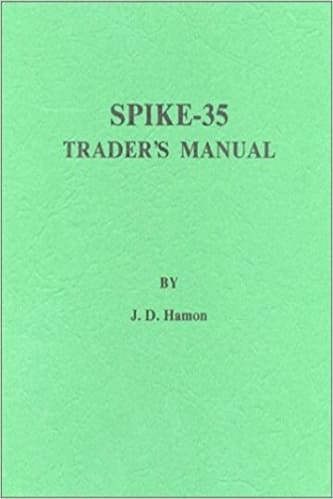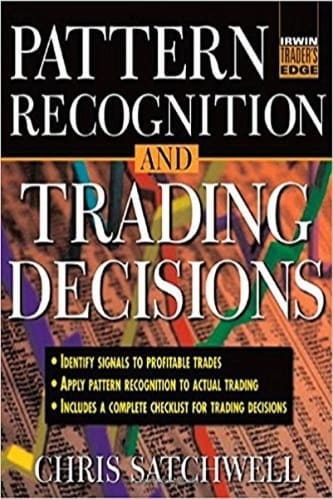Articles
Predicting Short Term Changes of Trend in the Dow By Chris Kakasuleff
One viable way to follow the current trend in the Dow is to keep a record of the short term tops and bottoms that have occurred over the last twelve months. Each short term top or bottom is actually a harmonic of another more important top or bottom from a previous cycle. We will use two powerful cycles that are generic to all markets. These cycles are the 360 degree cycle and the 45 week cycle. To utilize the 360 degree cycle in terms of calendar days requires you to divide the calendar year into time units that are harmonics of the 360 degree circle. By dividing the year by two gives us 182 days, and equals 180 degrees on the 360 degree circle. By dividing the year by four, gives us 4 time windows of 91 days, each which equals 90 degrees on the 360 degree circle. The division of time that I have found to be the most useful is to divide the calendar year into eight major time windows utilizing this system. They are 46 days, 91 days, 137 days, 182 days, 228 days, 273 days, 319 days and full circle back to 364 days. Through a process called interpolation, I was able to transpose calendar time onto the 360 degree circle.
As an example, to determine which day falls on the 315 degree angle in the calendar year of the 360 degree circle, I multiply 315 degrees by 365.24 days and divide the result by 360 which gives me 319 days. Don’t expect these changes of trend to always fall on the exact day. I prepare for these changes of trend by predicting the week their going to occur. I also like to take the time unit of 45 weeks and count it as one complete cycle of time. You may also divide this time cycle into eight equal harmonics of sub cycles and expect wonderful results. But for this article we’ll just divide it into 4th’s and 3rd’s. Dividing the 45 week cycle by four gives us 11-1/4 weeks which equals 79 to 80 calendar days, 22-1/2 weeks which gives us 157 to 158 calendar days, 33.75 weeks which gives us 236 to 237 days, and 45 weeks which gives us 315 days.
Dividing this powerful cycle by 3 gives us 15 weeks which equals 105 days, 30 weeks gives us 210 days, and ends again at 45 weeks. You may also divide the 360 degree circle by six giving you multiples of 60 day time units around the circle. I will not include division of the circle by six in this article, but advise that you the reader, include it in your technical analysis. In broad idealistic general terms, one rule of thumb may be useful to follow. From a market low expect all harmonics of 60 days to also produce a low except 180 days which should produce a top. Also from this same market low expect all harmonics of 45 days to produce a top, except 360 which should produce another low.
These same rules apply to tops. Multiples of 60 days around the circle should produce short term tops from a beginning top. Multiples of 45 days from a top should produce short term lows. This rule has a tendency to break down because of psychological inversions. Where you expected a top in the market, instead the market inverts and bottom out. Then after a period of time the cycles reverse again back into harmony.
Suggested Books and Courses About Chart Patterns
A knowledge of Gann geometry is required for you to recognize these inversions in advance. For purposes of this article we will only be examining the importance of these cycles in determining short term changes of trend in the Dow and not whether the Dow is making a top or a bottom. As our first example let’s take the October 13, 1989 low on the Dow as our zero point and follow it around the calendar year by using the 360 degree cycle as our focus. On January 11, 1990, this low was 90 days old. The next day at 91 Gays the Dow lost 71 points. On February 23, 1990 the Dow made a low at 2564. This date was 133 days from the October low. This was just 4 days off our ideal date of 137 days or 135 degrees of the circle.
The date April 13, 1990 is 182 days or 180 degrees from this October low. This date was Good Friday so the markets were closed. The very next trading day, Monday April 16th, the Dow made a high. On May 28, 1990, this October 13, 1989 low was 227 days old. This is the 225 degree point of the circle. The market was closed due to Memorial Day. The next trading day at 228 days, the Dow gained 50 points. On July 10, 1990, the Dow made another short term low. This was 270 days from the October 13, 1989 low. Now let’s swing our attention over to the 45 week cycle. First, the one quarter point of this cycle is 11.25 weeks. This turns out to be 79 days. This brings us to December 31, 1989. The market was closed. On January 2, 1990, the first trading day, the Dow made a top at 2810.
On January 26, 1990, this cycle was 15 weeks old or 1/3 of the 45 week cycle. Two trading days later the Dow made its low for the year at 2543. On March 19, 1990, the Dow made a top. This date was exactly 22-1/2 weeks from the October 13, 1989 low. Since the October point was a low, we should expect that the half way point of this 45 week cycle would be a top, as it was 180 degrees from the low. This is exactly what happened to the day. On May 11, 1990, the October 13th low was 210 days old. This is 30 weeks to the day from October 13th. Thirty weeks is 2/3 of 45 weeks. On this day the Dow gained 63 points. At precisely the 3/4 point of this 45 week cycle which is 33 .75 weeks, the Dow made an all time high up to that point at 2935
As I’m writing this article in July and looking back at the results of the 45 week cycle from October 13, 1989, I would watch the 45 week point of this cycle closely. The dates August 24th through August 28th brings us 315 to 319 days from this October 13, 1989 Iow. Remember cycles like to repeat. Since 45 weeks completes an important cycle in time and the beginning of this cycle was a low, we should expect another low in this time frame. But watch out for those inversions. It could make this time window a high. Let’s analyze another major cycle for trend information. Let’s take the January 2, 1990 high at 2810. Here I’ll give you one example of the power of dividing the 45 week cycle by eight. In my own analysis, I always divide the 45 week cycle by eight. The 1/8 point of 45 weeks is 39.375 days. Biblical writers were aware of this powerful cycle that they rounded out to 40 days. On Friday February 9, 1990, this time window from the January 2nd high was 38 days old. The Dow made a short term high on this day.
During the week that followed at 44 days on February 15th, the Dow made another short term top. The 45 degree point of 46 days of this cycle fell on a three day weekend. In the following week the DOW made a sharp change of trend losing 85 points in just four trading days. This confirmed once again the validity of these powerful time wheels. The next change of trend utilizing the January.2nd top is 90 days which falls on April 2nd. The DOW made a low on this date at 2700. On July 3, 1990, this cycle was 182 days old. The next trading day on July 5th the market lost 32 points closing at 2879. One week later the DOW hit 3000 intraday confirming still another example of the viability of this system.
A few examples of the 45 week cycle also proves fruitful. On April 17, 1990, the January 2nd high was 105 days or 15 weeks old. This of course is 1/3 of 45 weeks. The Dow closed at a high of 2765. Did this powerful time window prove to be a change of trend? Absolutely, as 7 calendar days later the DOW water falled 111 points. The first week of June this time cycle was 22-1/2 weeks old or at the halfway point of 45 weeks. On this date the DOW hit a new all time high.There you have it. I’ve just given you a piece of the puzzle as to how markets move during the calendar year. If Nostradamus were alive today how would he utilize this system? He would probably go back one to two years and count all of the significant highs and lows that have occurred. This could produce up to two dozen dates over a two year period. He would then create a computer program that would generate a clustering of these dates at specific points in the future, based on the harmonics of the circle of 365.24 days and 45 weeks. The more cycles from highs and lows that accumulate together in the same week, the more powerful the change of trend will be. Well, I’ve said enough. May you have 360 degrees of profitable trading in the future.




